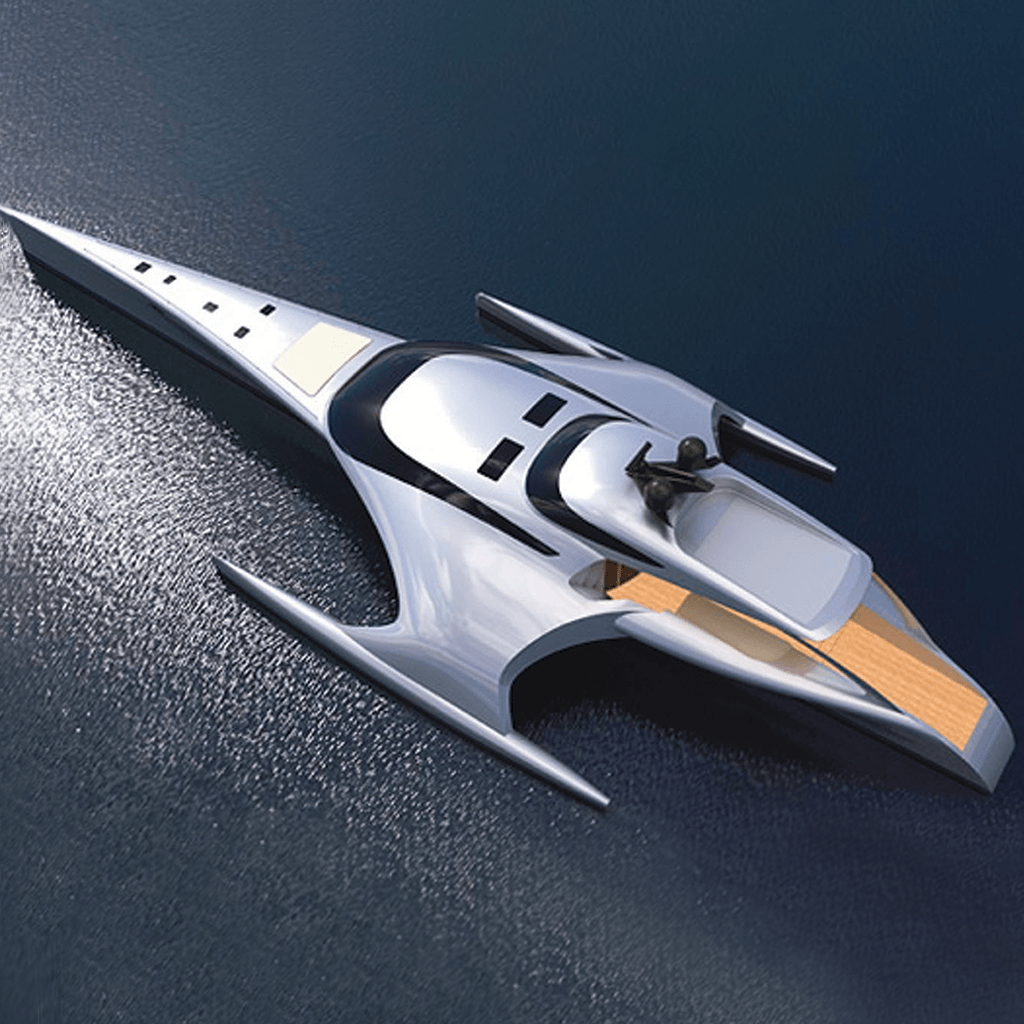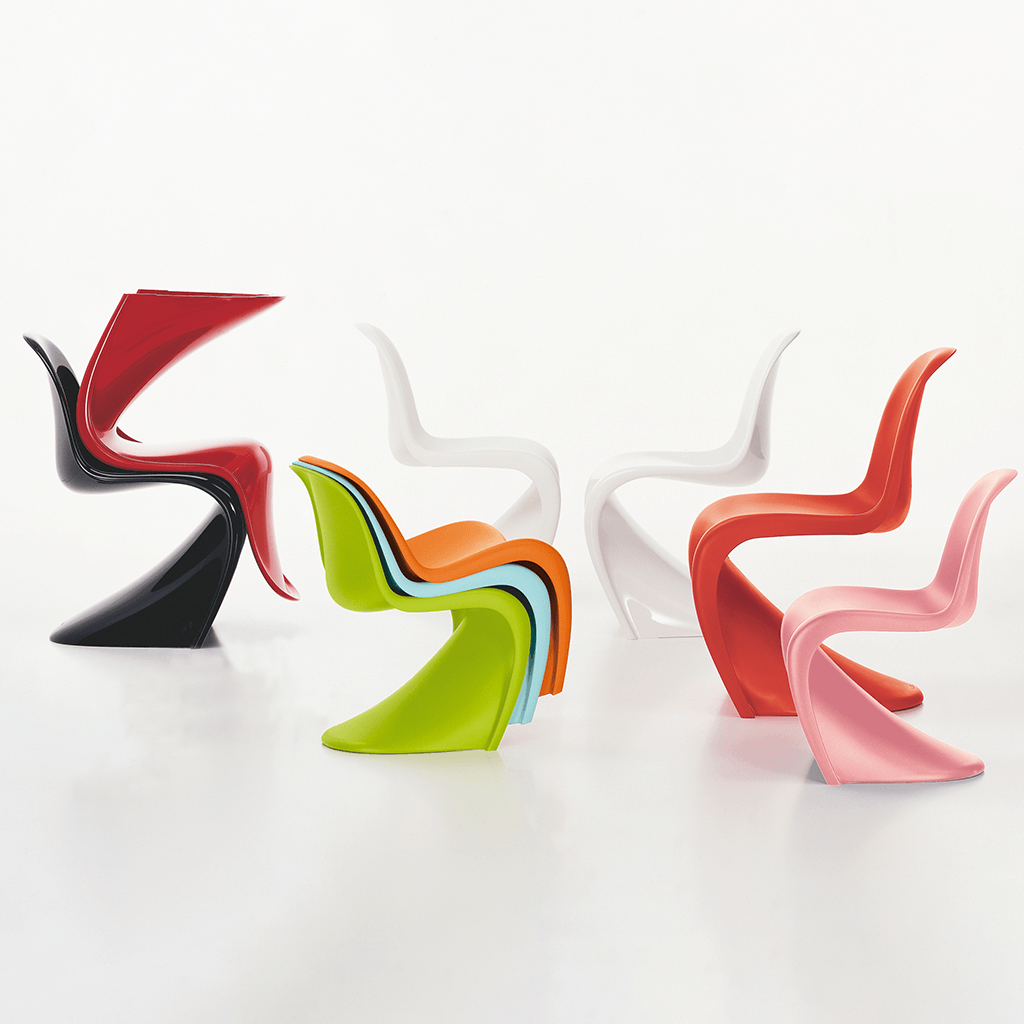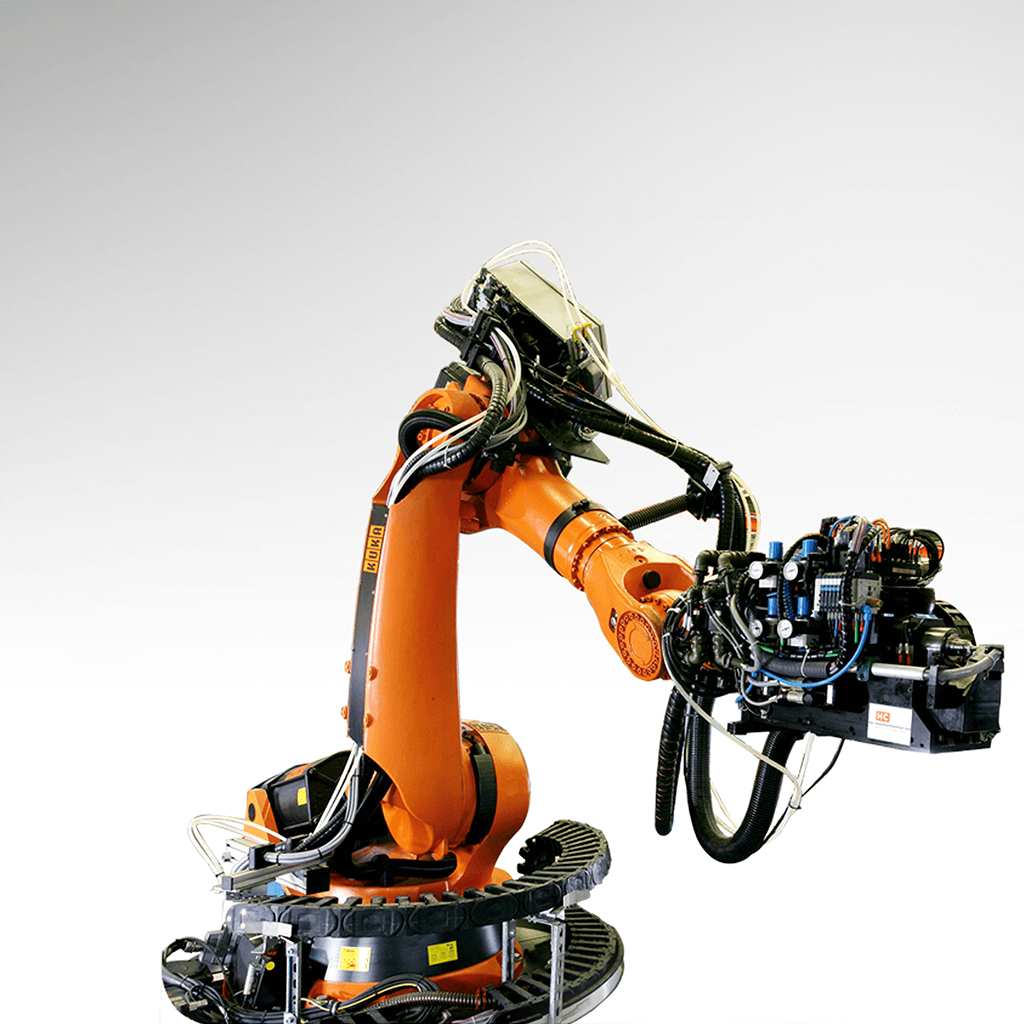Integrated lightweight rail vehicle composite structures meet high fire requirements
Four specialised companies, Talgo, Aernnova, Fidamc along with Tecnalia, investigated different competitive materials and processes to develop a lightweight car body structure meeting the EN-45545 European railway standard for fire safety. This article has been published in the JEC Composites Magazine N°152.

Initiatives such as the Shift2Rail European programme are encouraging research into innovative rail product solutions with the aim of doubling the capacity of the European rail system, increasing its reliability and quality of service, all while halving lifecycle costs.
Lowering the weight of the current metallic train car structures is one of the lines of work that will make it possible to meet these objectives. The use of composite materials for the car structure will reduce the total weight of the train, and consequently make it possible to increase its payload (passengers and luggage) and speed.
Within the framework of the PIVOT Project, conducted by the AERFITEC consortium (composed of Aernnova, Fidamc and Tecnalia), different materials were studied for out-of-autoclave (OoA) processes, such as infusion, semipregs and pultrusion, in order to develop process combinations that can produce highly complex structures in a oneshot process.
Together with the partners of the AERFITEC consortium’s PIVOT and PIVOT2 Projects (Performance Improvement for Vehicles on Track – grant agreements 777629 & 881807), Tecnalia worked on the development of a train car body with a high integration of composite technologies while meeting the demanding fire requirements of the EN‑45545 European standard.
Lightening strategy
Current train bodies are formed by a metallic structure covered by fairings with aerodynamic, aesthetic, maintenance, element protection, safety, etc. functionalities, but in no case structural.
The structures that support the main mechanical stresses include a large number of parts that require many joining operations (either with rivets, bolted or welded joints), increasing the manufacturing costs.


The project’s main lightening strategy was to unify the fairing and the structure by means of one-shot manufacturing processes using composite materials with high mechanical performance. For this purpose, the team looked for commercial materials meeting the main requirements of the railroad standards, with special attention to fire-smoke-toxicity (FST) composite materials, and the most suitable materials were selected for integration through OoA manufacturing processes such as infusion, pultrusion, and OoA semi-impregnated materials. Combining and integrating the different manufacturing technologies is the key to achieve the weight reduction objective. The main advantage of combination is the flexibility to seek the best benefits of each technology and to customise the properties according to the latest application, but a deep knowledge of the different technologies is needed due to the high specialisation. The main advantage of integration is the reduction of mechanical joints between the different parts.
The iterative design process consisted in calculating different structural configurations using static and dynamic (natural frequency-modal) analysis through the finite elements method (FEM), taking into account the requirements of the load specifications and the boundary conditions while in operation.
High-level technical requirements and specifications
The railroad sector requires that train bodies comply with certain high-level requirements and specifications in terms of mechanical stresses, impact resistance, vibration, acoustics, etc.
This article focuses on the fire protection requirements for railway vehicles set out in EN‑45545, where the fire performance requirements depend on the intrinsic nature of the materials, but also on the location of the materials or components in the design (interior or exterior), their specific use (furniture, electrotechnical or mechanical equipment), the exposed and relative mass, as well as the shape, thickness and distribution of the materials.

The study was based on evaluating the materials for compliance with the R7 requirements of EN- 45545-2, taking into account the hazard level (HL), by means of the following tests: – flame spread test according to ISO 5658 2:2006; – reaction to fire test, calorimetric cone method, according to ISO 5660 1:2015; – smoke and toxicity test with thermal attack at 50 kW/m2 for the calculation of Dsmax, Ds, VOF4 and CITg, according to ISO 5659 2:2017.
Manufacturing process: fine-tuning through a scale demonstrator
The train floor is the most critical structural part of the frame as it transmits most of the loads between the different train cars through the coupler joint.
Starting from the 13-metres long and 2.8-metres wide floor design, a simplified scaled demonstrator of the coupler area (1×1.3 m) was designed to validate the integration of the pultrusion profiles within a foam core sandwich configuration, and to validate the lamination and drapability of the semipreg material in areas with transitions such as the rear integration area of the HVAC system with the coupler.
To fabricate the demonstrator, a mould was designed and manufactured in which, initially, the lower skin was laminated with different layers of different orientations with a “drop-off ”. The longitudinal and transverse pultrusion profiles were installed on the lower skin. Using a film adhesive and a filler paste, the cut patterns of the foam cores were finished between the profiles. Next, the upper semipreg skin was laminated, trying to adapt the layers with different orientations to the geometrical transitions that form the coupler and the HVAC gaps. Finally, using a vacuum bag for compaction and curing, the part was cured at 100ºC in an oven for 4 hours. The result obtained after milling can be seen below.

Manufacturing process: scale-up and real testing validation
Once the manufacturing process was validated, it was decided to manufacture a full-scale demonstrator of a complete train car body section to present the project results at INNOTRANS22, the reference fair of the railway sector held, as always, in Berlin.
All the knowledge acquired, both in the design of the components and the necessary moulds, was replicated to subsequently manufacture a 1:1 scale demonstrator of a hybrid composite car body structure for an intermediate coach for a Talgo high-speed train, which was presented and exhibited at JEC World 2023, the composite trade fair held every year in Paris.
Talgo 350 is a high-speed train that has been running in Spain for 15 years and the Talgo HHR variant has been operating in Saudi Arabia for 5 years. The main dimensions of the car body are: length 12.140 mm x width 2.942 mm x height 3.055 mm, wheelbase: 13.140 mm.
The car body is divided in two main parts that are integrated at the end of the assembly process: the end walls, made of aluminium and CFRP, and the main tube (roof, side panels, and floor/main frame), made using monolithic, sandwich and pultrusion profiles. The technologies used to manufacture the composite components (apart from the pultrusion profiles supplied by Fiber Profil S.L.) are based on hand and semi-automated lay-up of a CFRP semipreg material compliant with the railway FST standards. This avoids the use of welding on steel and/or aluminium when manufacturing the main tube.



In summary, advantages offered by this technology
- Higher payload capacity due to a 25% weight reduction
- Lower energy consumption
- Simplified assembly process (avoiding riveting and welding operations)
- Increased technology readiness level (TRL) of stakeholders to TRL 6/7
Want to read more articles?
Subscribe for free now and access to the JEC Composites Magazine N°152.
Available in print, digital and via the mobile application.













